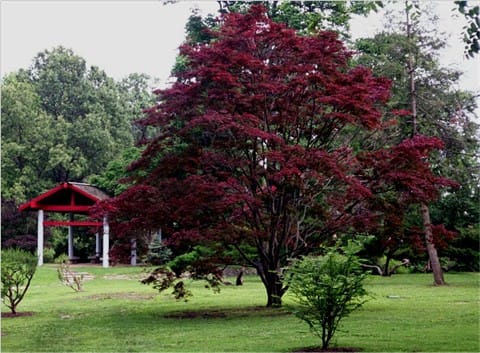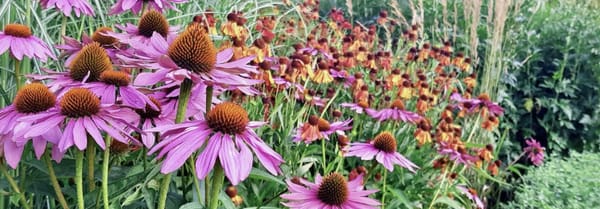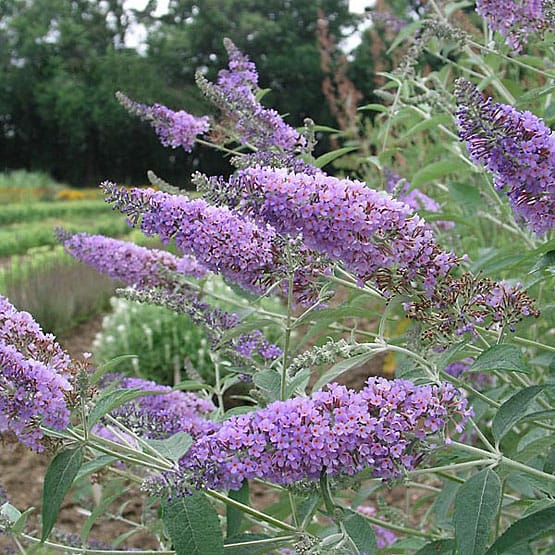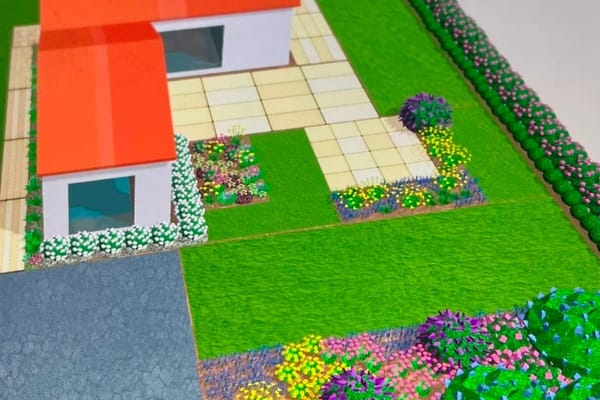Bold and Beautiful: Black Plants in the Garden
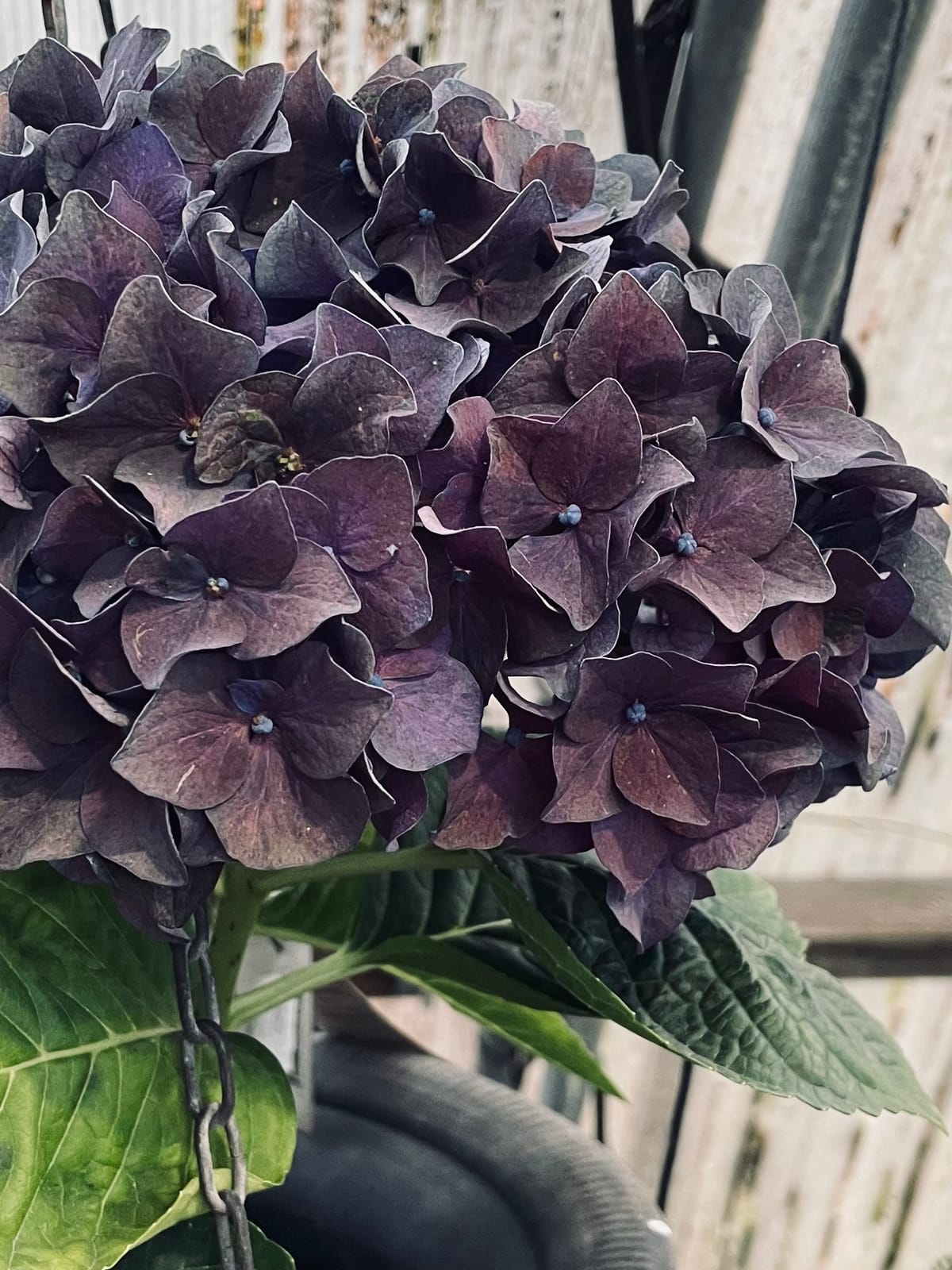
“Every girl should have a little black dress in her wardrobe, and black rose in her garden.”
… Zona Forsyth
As the days grow shorter and the nights stretch longer, the season brings a perfect opportunity to explore the darker side of garden design. While it might seem a bit spooky or sinister, introducing black flowers and dark foliage into your garden can add a unique, striking aesthetic—and even enhance its environmental sustainability.
Believe it or not, black flowers and dark foliage offer more than just visual intrigue; they can attract specific pollinators, improve biodiversity, and create an eye-catching contrast against lighter colors in your garden. Embracing these shadowy tones can give your garden the sophisticated edge it deserves, blending beauty with eco-friendly benefits.
Design with black in mind
Black is a powerful, timeless color in design, celebrated for its ability to create depth and enhance perception. It conveys strength and is often associated with elegance. By weaving dark elements into your garden, you can introduce visual intrigue year-round, pairing it with various color combinations to evoke diverse moods.
For instance, black is the ultimate classic; used sparingly, it brings a grounded feeling to the garden. Its versatility allows it to complement any color palette, evoking sensations that range from soft and calming to bold and invigorating.
Eco-Friendly Impact of Black in the Garden
Not only will you enjoy the unique visual effects and depth that dark foliage brings to your garden, but pollinators will benefit, too. Dark-colored flowers and foliage absorb sunlight more effectively, creating pockets of warmth within the garden. This increased internal temperature makes these plants particularly attractive to pollinators, such as bees, butterflies, and other beneficial insects. By adding these intriguing dark hues, you can extend the pollination season, supporting garden biodiversity and helping your plants thrive well beyond the typical bloom period. Embracing these shades adds both beauty and ecological value to your garden ecosystem.
Five Black blooming plants for your garden experience:
•Cornus alba ‘Night Fall’-Exposure: sun to ½ shade, USDA Zone: 3-7, Soil: well drained, Water: low to medium
•Heuchera ‘Black Taffeta’- Exposure: ½ shade to shade, USDA Zone: 4-9, Soil: most conditions, Water: low to medium
•Hellebore niger- Exposure: ½ shade to shade, USDA Zone: 4-9, Soil: well drained, Water: low to medium
•Hydrangea ‘Black Knight’- Exposure: sun to ½ shade, USDA Zone: 4-9, Soil: well drained, Water: medium
•Aeonium ‘Swartkop’- Exposure: sun to ½ shade, USDA Zone: 9-11, Soil: well drained, Water: low
A wide variety of black-blooming and dark-foliage plants are available to enhance your garden’s appeal. Explore local options, ask garden experts for recommendations, and try incorporating these striking plants for a unique touch.
Gardens are forever changing so be creative, draw outside of the lines and give it a try!
“Let the black flower blossom as it may!” …Nathaniel Hawthorne
Have questions or comments about this article, garden design, or plant selection? Feel free to reach out—I’m here to help! Happy gardening! Contact me at info@planningmygarden.com.
Ready to design your own garden but unsure where to start or how to bring your ideas to life? Try our app, Flourish Garden, available now on the App Store.


